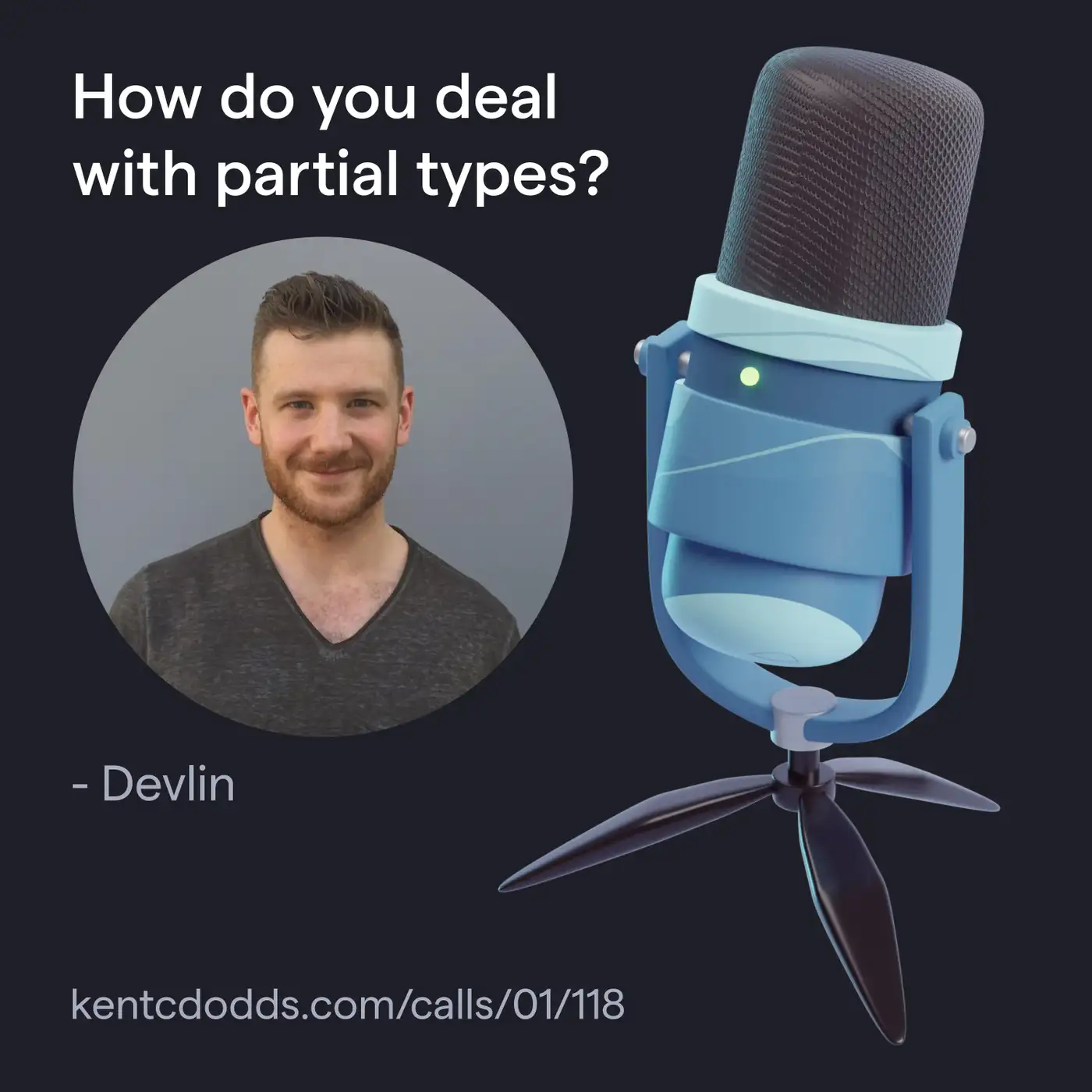


What's this all about?
The goal of the Call Kent Podcast is to get my answers to your questions. You record your brief question (120 seconds or less) right from your browser. Then I listen to it later and give my response, and through the magic of technology (ffmpeg), our question and answer are stitched together and published to the podcast feed.
I look forward to hearing from you!





Have a look at these articles.